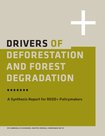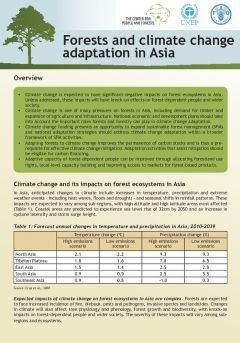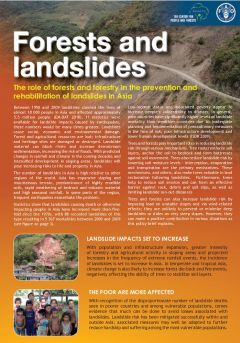Bush thickening and indigenous woody plants as a source of renewable energy
Surplus woody plants in areas where there is bush thickening present an opportunity to harvest the wood as bio-fuel. The health of the ecosystem and rangeland restoration must, however, always be prioritised during any tree harvesting for bio-fuel. In South Africa, indigenous woody plants are a prominent feature of the savannah, the largest of the vegetation biomes in South Africa and the Southern African sub-continent.







